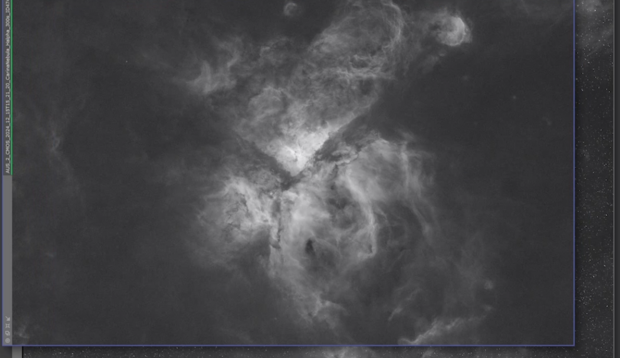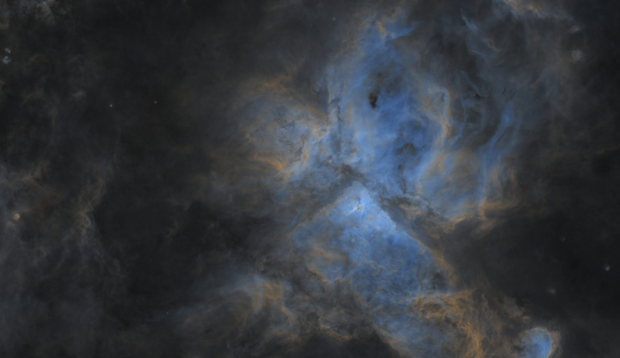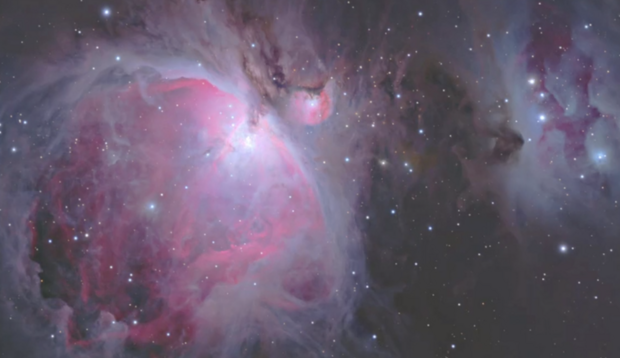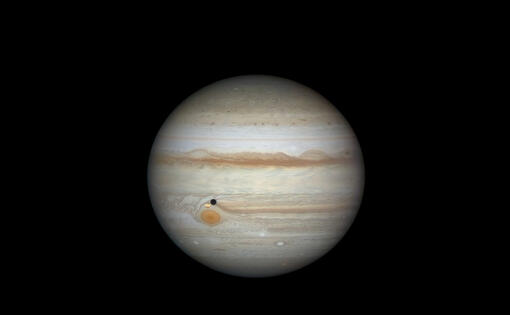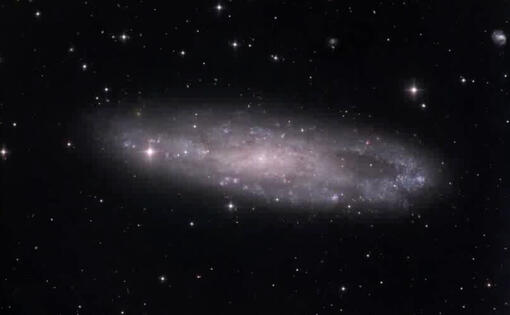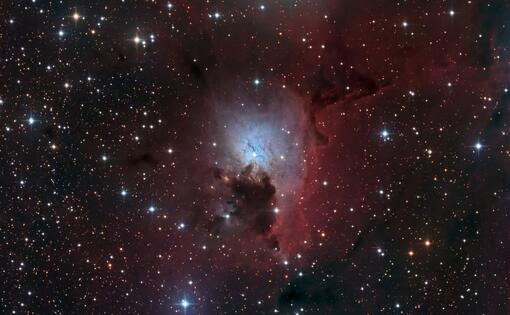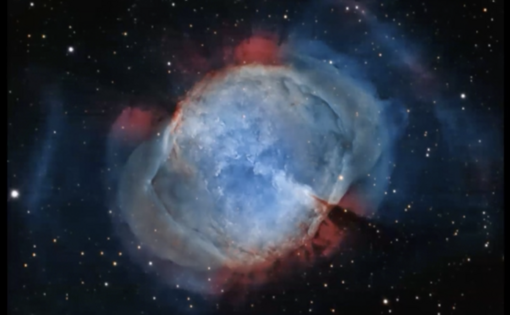Our tutors
Most Popular
All Tutorials
Introduction to Planetary Imaging
[ Standard ]
Introduction to Planetary Imaging
Begin your journey in planetary imaging with this quick start guide. World-renowned planetary astrophotographer Damian Peach takes you through a concise history of the craft, explores the software used for capturing and processing images, and reveals the primary factor influencing planetary imaging.
Hybrid Processing of Large FOV Galaxies Using APP & Affinity Photo
Dive into the world of hybrid processing, a method that harnesses the top features from multiple astrophotography processing tools. In this tutorial, Nik Szymanek, award-winning astrophotographer and contributor to 'Astronomy Now' magazine, walks you through processing the large FOV galaxy, NGC 247, using both APP and Affinity Photo.
The journey starts with APP, where Nik delves into stacking, composition, and light pollution removal - laying the foundation for subsequent post-processing. A brief detour into PixInsight allows for deconvolution using BlurXTerminator (though this step can be substituted or skipped), before transitioning to Affinity Photo. Here, Nik leverages its robust photo editing capabilities, detailing LRGB combination, star and noise reduction, and the nuanced color adjustments necessary to produce an award-worthy galaxy image
Contents:
APP - Part 1
- Stacking
- Cropping
- RGB Combination
- Light Pollution Removal
PixInsight - Part 2
- Blur Xterminator
Affinity Photo - Part 3 & 4
- LRGB Combination
- Noise Xterminator
- Star Xterminator
- Colour manipulation
- Tone Mapping
- Mask editing using layers
Ultimate Reflection Nebula Processing on PixInsight
Co-Founder of Masters of PixInsight and Telescope Live Tutor, Warren Keller, presents an exclusive masterclass tailored for processing reflection nebulae. Dive deep into the intricacies of reflection nebula processing, beginning post-image integration, with an exclusive focus on post-processing. The tutorials, categorized under chrominance, luminance, and LRGB processing, provide universal application techniques for reflection nebula imaging.
Chrominance sessions delve into background extraction, neutralization, colour calibration, and the integration of third-party plugins for advanced tasks such as deconvolution and denoising, alongside balanced colour calibration and delinearization techniques.
Luminance sessions, while following a similar path, emphasize the creative nuances vital for luminance data processing.
In the LRGB culmination, Warren elucidates advanced methods from star-colour fine-tuning to overlooked structure enhancements in reflection nebulae and final polishing steps for an impeccable image finish.
CHROMINANCE PROCESSING
1. Introduction, ChannelCombination, ScreenTransferFunction (STF)
2. DynamicCrop, Save Project
3. BackgroundModelization w/ AutomaticBackgroundExtractor (ABE), STF refinement
4. BackgroundNeutralization, ColorCalibration
5. BlurXTerminator, Expedite processing via the GPU
6. NoiseXTerminator (NXT)
7. RepairedHSVSeparation script, ChannelCombination, PixelMath
8. MaskedStretch, HistogramTransformation (HT) for delinearization, PixelMath
LUMINANCE PROCESSING
9. DynamicCrop, ABE, DynamicPSF
10. BXT, NXT
11. HistogramTransformation, LRGBCombination
LRGB PROCESSING
12. NXT, SCNR (SubtractiveColorNoiseReduction), StarXTerminator (SXT)
13. CurvesTransformation, RangeSelection
14. CurvesTransformation for contrast and LocalHistogramEqualization (LHE) to boost larger-scale structures
15.LocalHistogramEqualization (LHE) to boost smaller-scale structures, GAME script mask
16. MultiscaleLinearTransform to sharpen w/ general explanation of pushing wavelet bias
17. DarkStructureEnhance script, Save project!, Intro to HDRMultiscaleTransform
18. HDRMT and ColorCorrectedHDRMT script for range compression
19. ExponentialTransformation, PixelMath to replace stars
20. Bill Blanshan star reduction, ColorSaturation
The Life Of The Stars: A Journey Through Space And Time
Every time we lift our gaze toward the night sky, we encounter incredible stories hidden within that intricate tapestry of stars, waiting only to be told. Stars are just being born within vast, wondrous clouds of hydrogen. There are families of young stars, each sailing toward its own destiny. We observe suns that are slowly fading away and violent, cataclysmic explosions that foreshadow extreme scenarios like black holes. Throughout our journey, we will explore the fascinating evolution of stars, admiring some of the most beautiful celestial bodies that exemplify this extraordinary history.
Gianluca Masi’s Bio
Gianluca Masi was born in Frosinone. He graduated in Physics, with a focus on Astrophysics, from the University "La Sapienza". He earned a PhD in Astronomy at the University of "Tor Vergata". He has published around 1000 professional contributions, discovered dozens of asteroids, numerous variable stars, and is the co-discoverer of three extrasolar planets and of the transient ASASSN-15lh, among the brightest supernovae ever identified. In 2006, he founded the Virtual Telescope Project.
His scientific and photographic contributions regularly appear on Ansa, BBC, CNN, Newsweek, RAI, and other prestigious national and foreign media outlets, radio, and TVs. He has delivered numerous conferences both in Italy and abroad. He actively explores the relationship between the science of the sky and the world of art, also dedicating himself intensely to photography. Among the numerous awards received, the asteroid (21795) was named "Masi" by the International Astronomical Union in recognition of his scientific merits. He won the "Shoemaker NEO Grant" of the Planetary Society, the "Premio Tacchini" of the Italian Astronomical Society, and the “Premio Ruggieri” of the Italian Amateur Astronomers Union.

